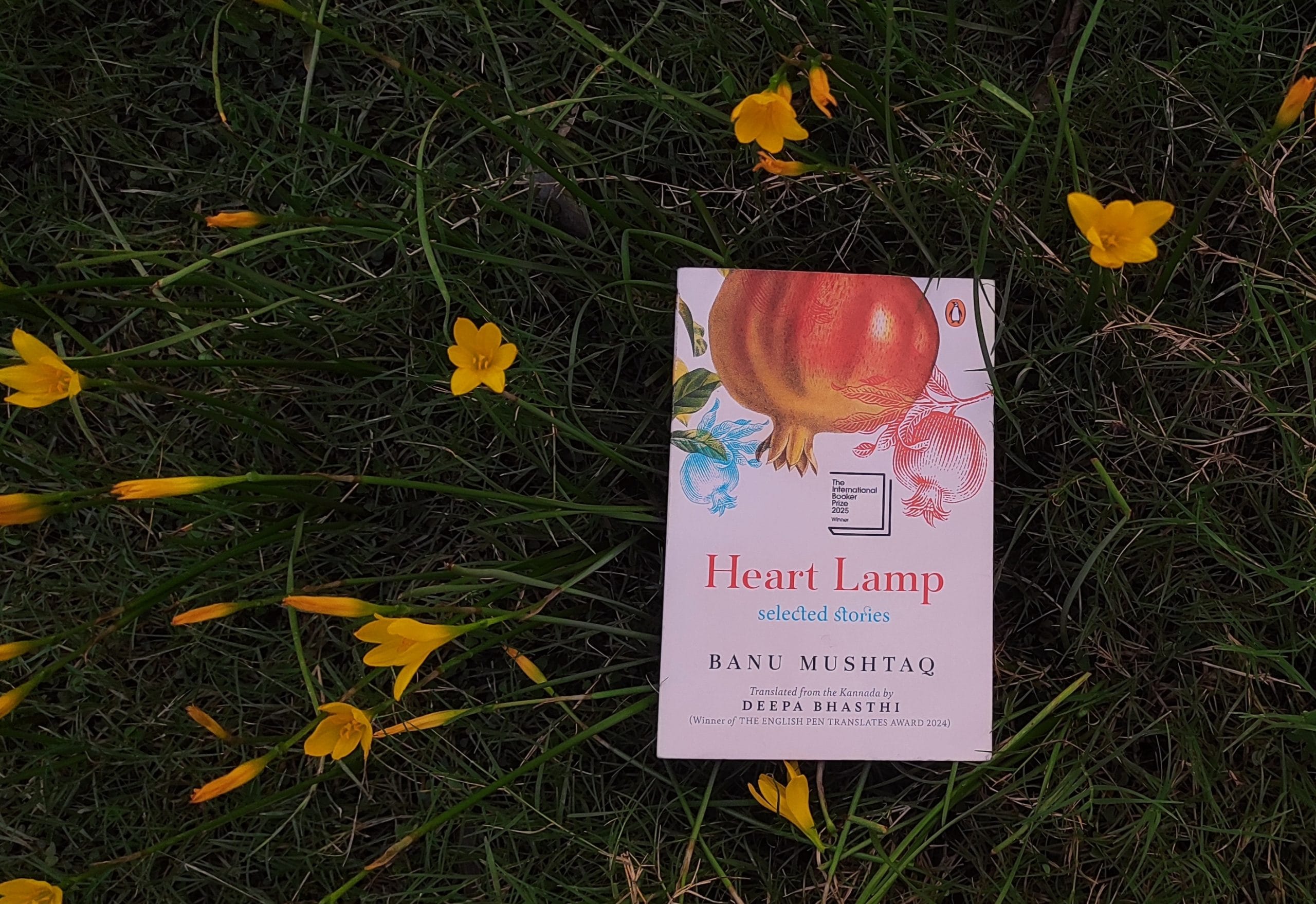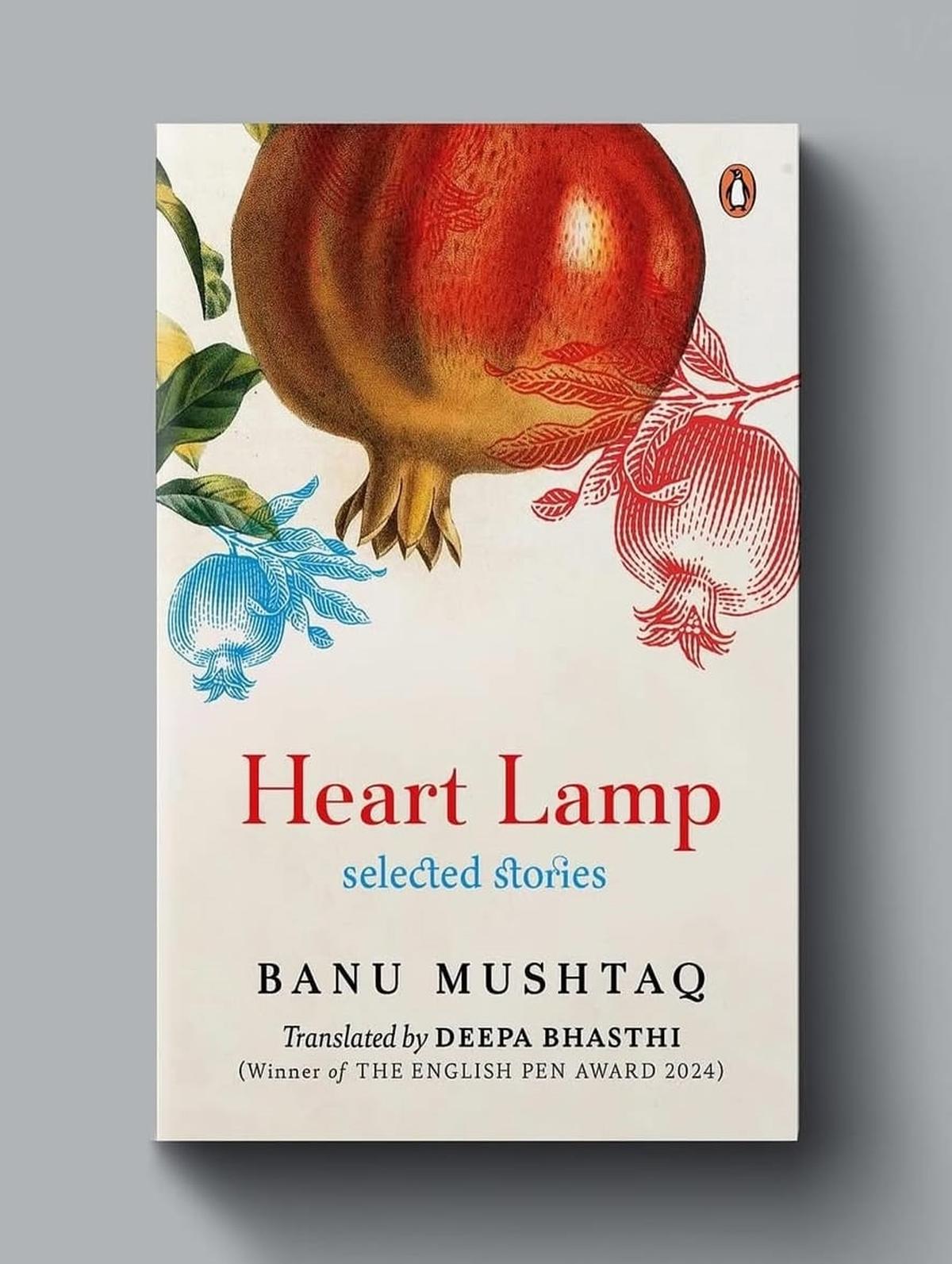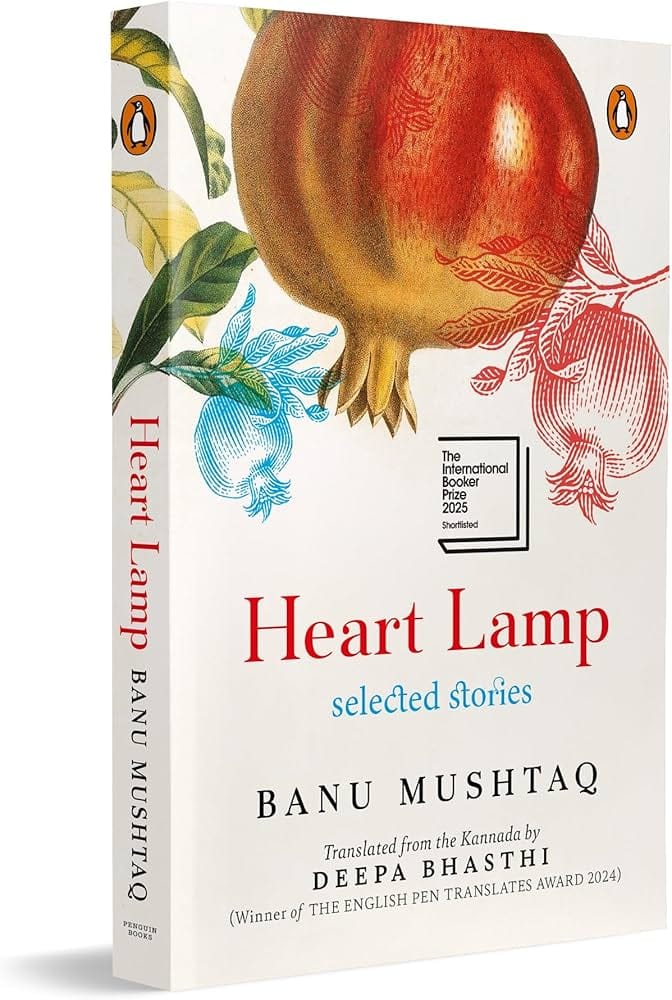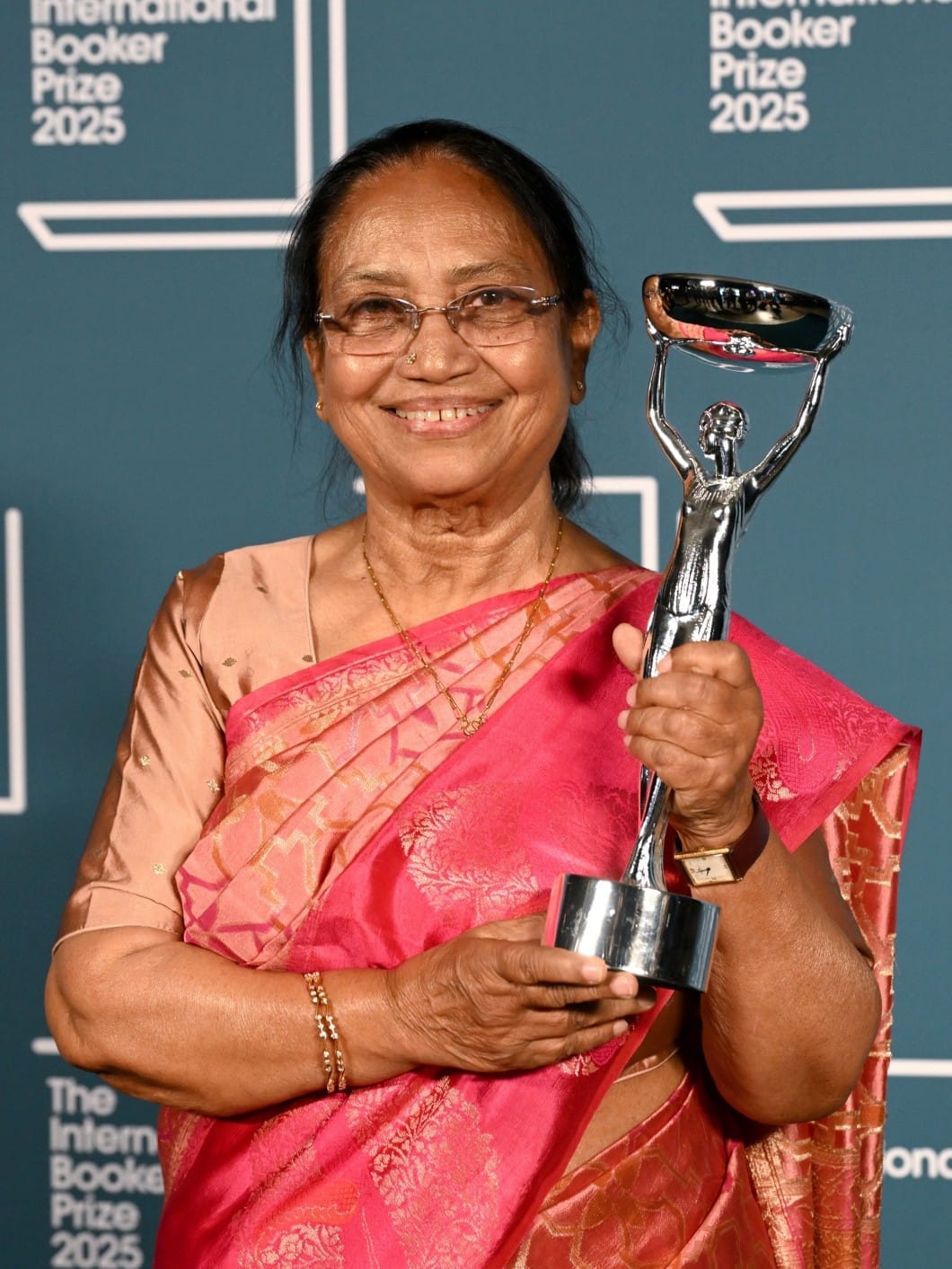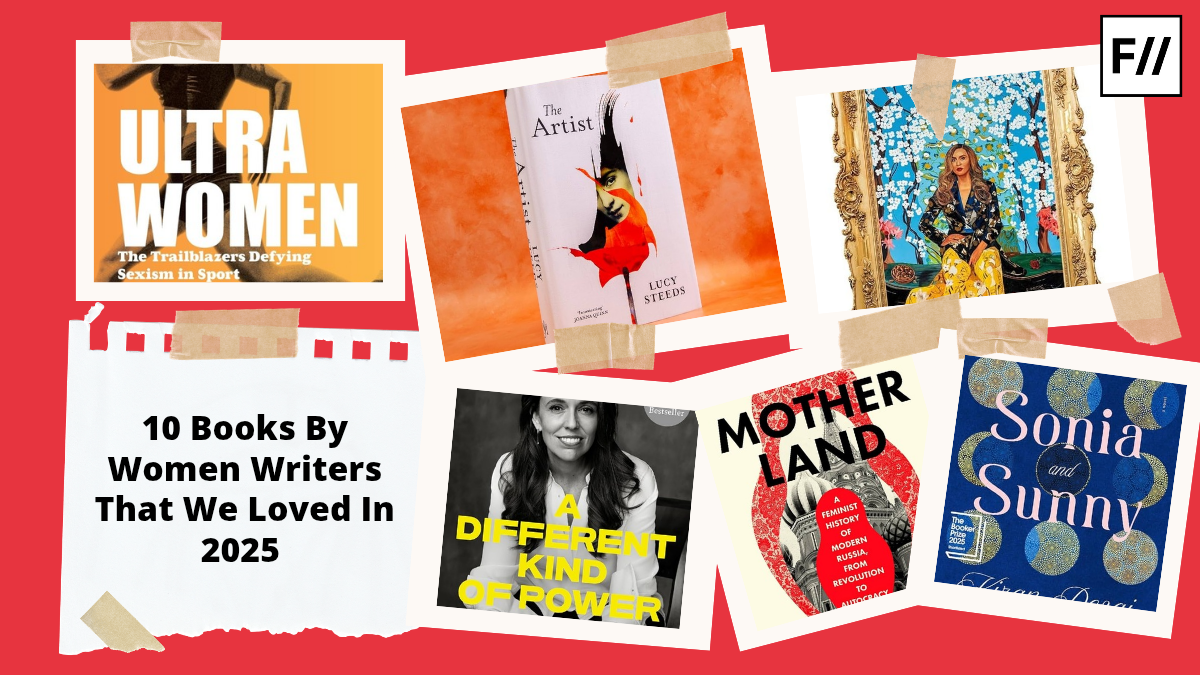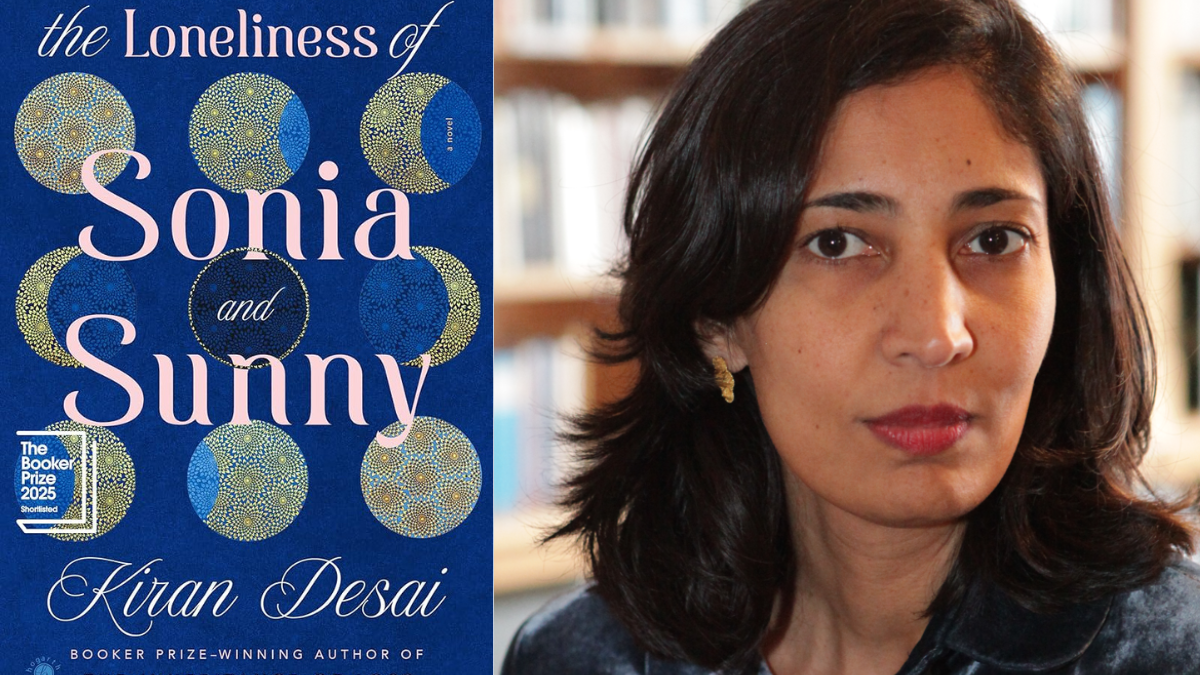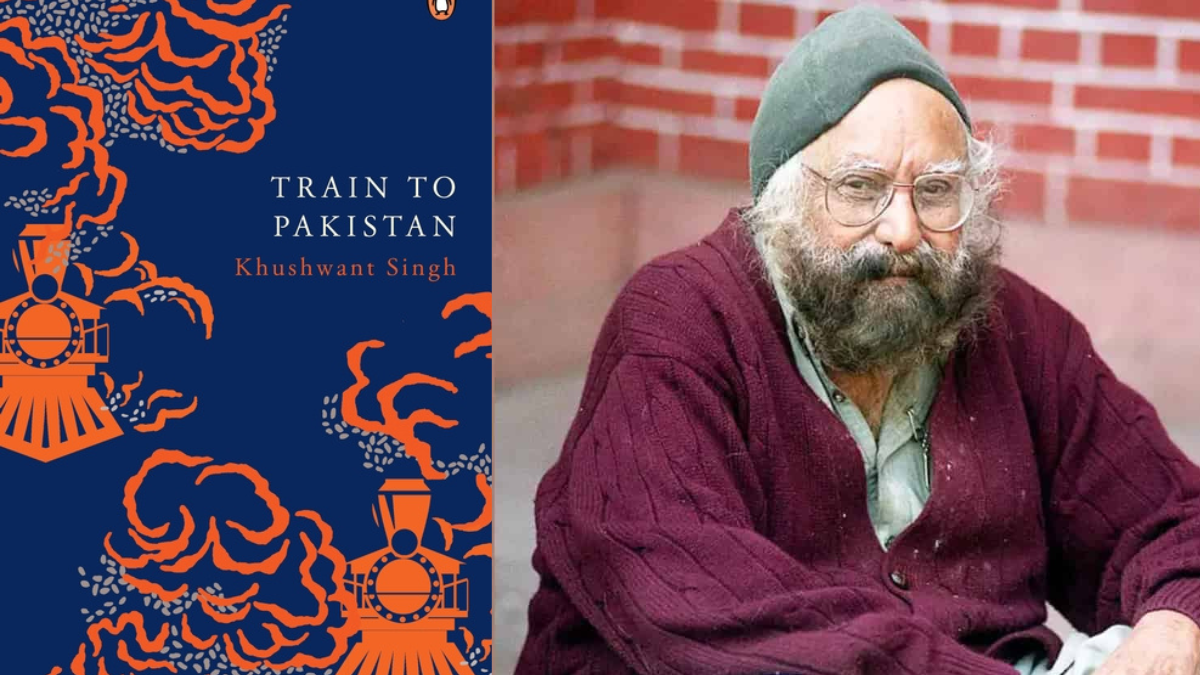Reading 2025 International Booker Prize winner Heart Lamp by Banu Mushtaq was a revisit to filial memories and many readers would realise with a shudder the latent, unconscious gender disparities one might have faced while growing up. The book is a collection of 12 short stories published by the progressive social activist author chronicling Muslim women’s lives from Karnataka. Minus the religious affiliation, the characters portray the contrasts of a growing nation with essentialised gendered communities.
While academic studies are diagnoses of social problems with jargon-rich elitist language, literature is a layman’s eye-opener for self-retrospection. It enables the reader to understand the prevalent injustices and violence, that have seeped into the moral world of our living environment. In this respect, this short story collection is a realistic fiction, blurring the slim boundary of imaginative fiction and the experiences of the author as a social activist.
Written in Kannada between 1993 and 2023, and translated into English by Deepa Bhasthi in 2025, Heart Lamp is a praiseworthy attempt to Indianise the colonial language and embed it with local cultural and lexicon connotations. Pursuant to the revolutionary literary experiments of Banu Mushtaq in Kannada, the translator presents an English which is ‘Henna-fied’, ‘Talaq-ised’, and ‘Hijab-ised’. The recurring theme of Muslim women navigating a world of uncertainty might appear monotonous and tedious, but each story reveals different aspects of messy social relationship of South Indian Muslim society. The oral story telling feature, without mincing the narration according to popular literary demands, offers the reader an immersive reading experience.
Women as sites of contest in Heart Lamp
All stories in Heart Lamp, revolve around Muslim women and their daily experience within a patriarchal society. These characters question the ubiquitous gender discrimination, intra-community power structures of Muslims and Islam as a discursive element accreting social and customary elements. Instead of a sweeping portrayal of Muslim women as completely hapless and objectified communal properties, the author rallies defiant, formidable women characters who challenge the injustice and assert their agency.
Zulekha Begum in the story “Black Cobra”, teaches the maid in a distressful marriage about the rights of women in a marriage. ‘Why don’t scholars tell women about the rights available to them? Because they only want to restrict women‘, she chides.
In the stories “Fire Rain” and “Heart Lamp”, the writer laments social customs enforced on women through religious sanctity. The women denied of legal inheritance, wives deserted by wayward husbands and children in abject destitution populate her stories. While men are absolved socially from all responsibilities, religious and social, women are obliged to fall silent and conform to social demands.
Local power structure and women
Mutawallis, the head in change of local religious community, are mercilessly taunted and lambasted for their utter ignorance of religion. This metaphor shows how patriarchy in cohort with religious authority often make life hell for women. Indian social makeup and constitution sanctions communal oversight over individual choices, a regressive social veto to be scrapped immediately.
Among Muslim communities, if judiciously dispensed, parallel adjudication spaces involving local leaders and aggrieved parties is more affordable and accessible than formal court suit.
Among Muslim communities, if judiciously dispensed, parallel adjudication spaces involving local leaders and aggrieved parties is more affordable and accessible than formal court suit. But as Heart Lamp and anecdotes witness, the same informal mechanism is highly gender skewed and approaching women are considered as a challenge to male authority. The women in these stories demanding honourable alimony and family support are ridiculed for the audacity to challenge male prerogatives. When Meher accuses her husband of liaison, her brother scornfully dismisses her shouting, ‘If you had sense to uphold our family honour, you would have set yourself on fire and died. You should not have come here‘.
Women’s bodies are considered as reserves of family honour and community prestige. This feminisation of social identity started as a reactionary response against the colonial civilisational mission of “saving brown women from brown men”. Not much has changed in independent India, other than its deeper entrenched consolidation. The characters in the stories are deprived of individual choices and bodily freedom because society demands certain compliance from women. The class and caste divisions within the community make and unmake these choices.
Asifa in “High Heeled Shoe” who is intimidated into wearing uncomfortable high heeled shoes to rival her expatriate sister-in-law, or Mehrun in “Heart Lamp” pushed into a toxic marriage are Banu Mushtaq’s exasperated characters, engaged in real-time conversation with the readers. The tragic fallouts of communalisation of women’s honour are a premature end to education and a lack of freedom of self-growth, a sad reality abundant in the book and everyday lives.
Do Muslim women need saviors?
What makes Heart Lamp exceptionally stand out in its dealing with Muslim women, is the conspicuous absence of the state and non-Muslim communities as prospective saviors. In contemporary India, where Muslim masculinity is vilified and terrorised using the stratagem of “oppressed Muslim women in need of saving by ‘civilised’ Hindus”, the community-initiated reform, endorsed by the book, deserves serious attention. How can the gender inequality and attendant violence be rectified? Is it through the legal tool of the state or mob vigilantism policing Muslim private lives? The story “Black Cobra” gives a pertinent answer. More gender responsive religious and social interaction has to prosper and women have to be inducted into religious spaces, not as pious recipients, but as constructive leaders. Through pedantic provocations of characters, the author demands community-led reforms to suit changing social needs and integrate women’s resources into community development through recalibrating religious teachings and local power structure.
In the current political context of femo-nationalism, where Muslim women are patronised by the ruling party in need of savior from “hyper Muslim men”, this insider approach is rationally compelling. Muslim women’s bodies are counted as gendered political strategy points by the right wing that evokes Muslim men as threat to shore up their support base through an imaginary “othering”. The supposed “rescue” through court and legal instruments maps the Indian nation onto shared legal territory, excluding those understood to be incapable of majoritarian cultural assimilation.
The significant shortcoming of Heart Lamp is its omission of the commendable strides Muslim women made in that last decades, especially in South India, due to foreign migration and educational empowerment.
As Muslims’ outlook turn inwards as a conservative strategy to shield state intervention into their inviolable family lives to protect their religious freedom, the approach of self-initiated community reforms expects serious takers.
The significant shortcoming of Heart Lamp is its omission of the commendable strides Muslim women made in that last decades, especially in South India, due to foreign migration and educational empowerment. While studying Muslim women from author’s state Karnataka, we cannot forget the feisty fight by Muskan to acquire education on her own terms according to her sartorial choices.
The stories fail to capture the fast-changing community dynamics and the new struggles for an equal world. In a sense, Heart Lamp shows an outdated idea of women struggle and forces the burden of the past on the future, inadvertently causing neglect of contemporary social realities. No doubt, Heart Lamp is a splendid intellectual experience, thanks to its literary aesthetics and the sage insight it will evoke.
